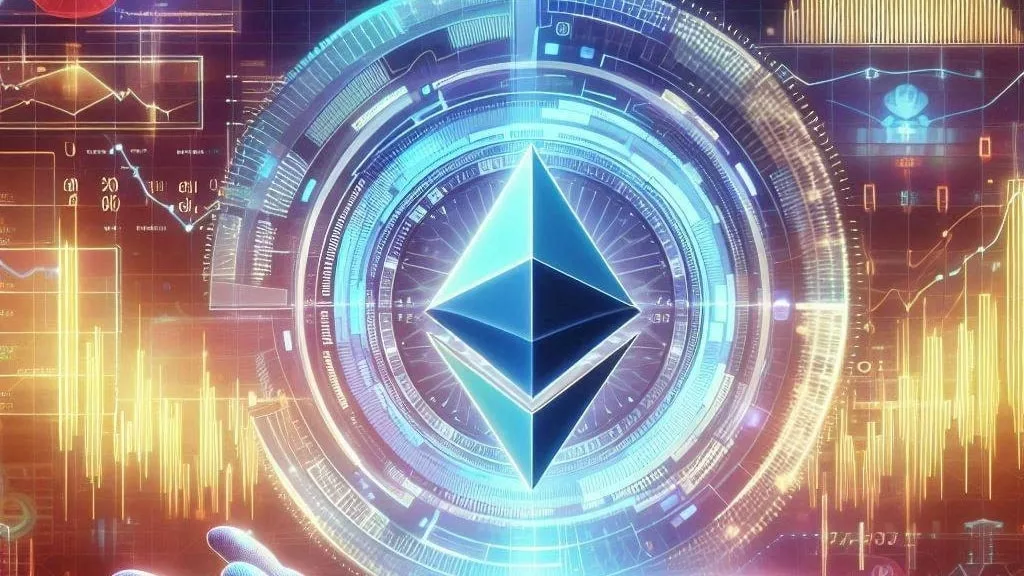
Ethereum is showing signs of entering a familiar phase of market consolidation, reminiscent of the prolonged sideways movement seen during 2022. Despite recovering from a sharp capitulation event earlier this year, the world’s second-largest cryptocurrency remains structurally challenged below a key valuation threshold — its realized price.
Currently trading around $1,760, Ethereum has climbed approximately 25% from its multi-year low near $1,400. That low was triggered by intense selling pressure from large holders, known as whales, many of whom capitulated amid broader market uncertainty. Their exit caused a noticeable drawdown in long-term wallet balances, along with widespread realized losses across the network.
This rebound, while impressive, has not yet shifted Ethereum into clear bullish territory. The asset is still trading about 12% below its realized price, currently estimated at $2,002. The realized price is a key on-chain metric that reflects the average acquisition cost of ETH across all wallets. When market price trades below this level, it implies that the majority of holders are sitting on unrealized losses — a condition historically linked with corrective or consolidative phases in the market.
In similar past market cycles, including the steep correction in 2018, Ethereum remained under pressure for extended periods when it failed to reclaim its realized price. That pattern often led to continued sell-offs, particularly as underwater holders took advantage of any rally to exit their positions at breakeven levels. In today’s scenario, any upward move toward $2,000 could again attract such selling, reinforcing that level as strong resistance unless there is sustained momentum from buyers.
Despite these short-term structural hurdles, not all signals are bearish. In fact, behind the scenes, Ethereum is seeing an encouraging trend: silent, high-conviction wallets — those known for accumulating and never selling — have logged their largest ETH inflows since 2018. Over the past 48 hours alone, more than 640,000 ETH has been moved into these accumulation-focused addresses. This on-chain activity, confirmed by CryptoQuant data, suggests that some investors are quietly positioning for long-term upside, regardless of current price stagnation.
This kind of behavior often precedes significant market shifts. In many cases, large-scale accumulation by non-selling wallets can indicate institutional interest or deep-pocketed conviction holders who are preparing for future rallies. The timing of this accumulation phase, alongside a 15% rebound in price, has begun to establish a potential bullish structure for Ethereum’s medium-term outlook.
Rather than heading into another capitulation phase like that of 2018, Ethereum may now be entering a range-bound period more similar to the consolidation phase it experienced between late 2022 and early 2023. During that time, ETH remained largely confined below $2,200 for several months before finally breaking out in early 2024. If the current trajectory mirrors that phase, Ethereum could be preparing the ground for another upward breakout — but patience may be required.
For now, the key focus for analysts and traders alike remains whether Ethereum can reclaim its realized price and hold it as support. Until that happens, the path forward will likely remain choppy, with sideways movement and periodic tests of resistance. At the same time, signs of strategic accumulation offer a compelling counter-narrative to the otherwise cautious sentiment dominating the market.
In conclusion, Ethereum appears to be at a critical crossroads. The current phase may not offer immediate explosive gains, but it could serve as a foundational period for future strength. With deep-pocketed wallets accumulating and key levels in sight, the coming weeks will determine whether Ethereum can shift from consolidation to a more decisive uptrend — or remain range-bound until the market shows clearer direction.



Get the latest Crypto & Blockchain News in your inbox.